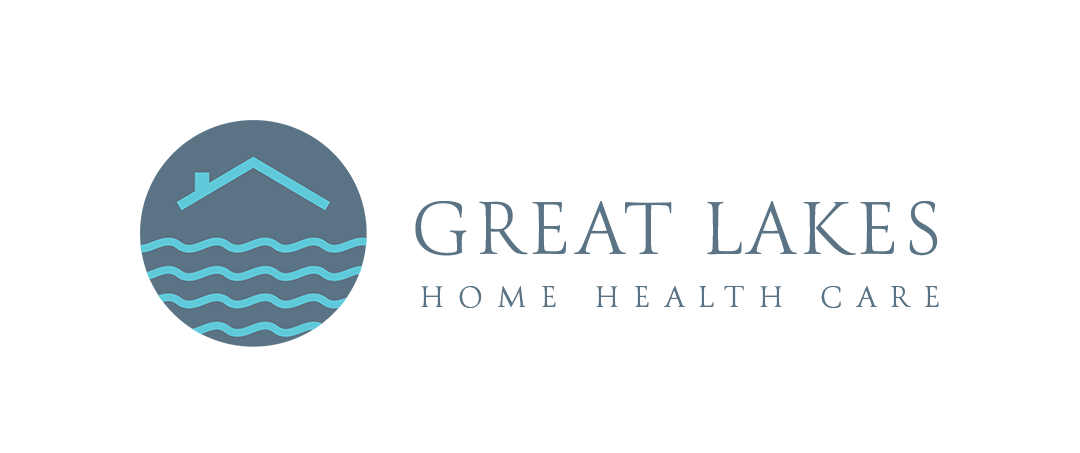Caring for the elderly encompasses more than just meeting their basic needs; it involves addressing their dignity and quality of life with sensitivity and respect. One of the most delicate aspects of elderly care is the compassionate management of incontinence, a condition that can significantly affect a person’s sense of self and autonomy.
In this article, we will explore the various strategies and approaches to handle incontinence with the dignity it warrants, allowing both caregivers and the elderly to navigate this challenge with grace and understanding.
Contents
- 1 Strategies for Managing Incontinence with Empathy
- 1.1 Establishing a Supportive Environment
- 1.2 Implementing Practical Measures
- 1.3 Tailoring Nutrition and Hydration
- 1.4 Leveraging Technology for Independence
- 1.5 Training and Education for Caregivers
- 1.6 Psychosocial Support Systems
- 1.7 Encouraging Regular Physical Activity
- 1.8 Keeping a Symptom Diary
- 1.9 Exploring Medications and Medical Interventions
- 1.10 Considering Complementary Therapies
- 1.11 Fostering Open Communication
- 2 Conclusion
Strategies for Managing Incontinence with Empathy

Before diving into management strategies, it’s crucial to understand what incontinence entails. Incontinence, the loss of bladder or bowel control, is a common issue among the elderly due to various factors such as muscle weakness, neurological disorders, and the natural aging process. The first step toward empathy-driven care is recognizing incontinence’s medical and emotional dimensions.
Establishing a Supportive Environment
Creating a supportive and non-judgmental environment is essential. Empathy and patience should be the cornerstones of such an environment, reassuring the individual that they are not alone and their condition is handled with the utmost discretion.
Implementing Practical Measures
Practical measures can significantly boost the confidence of those affected by incontinence. This includes the use of absorbent pads, protective bedding, and clothing that is easy to clean and change. Moreover, setting regular bathroom schedules can help mitigate accidents and provide a semblance of routine and control.
Tailoring Nutrition and Hydration
Proper nutrition and hydration can play a pivotal role in managing incontinence. While adequate fluid intake is important to avoid dehydration, the timing and type of drinks can influence incontinence. For instance, limiting caffeine and alcohol, which are diuretics, can help reduce the frequency of accidents. Dietary adjustments should also be made to prevent constipation, which can exacerbate bladder issues.
Leveraging Technology for Independence
Technology can provide innovative solutions for managing incontinence in today’s connected world. Wearable devices that alert caregivers discreetly when an accident occurs can maintain dignity while ensuring timely assistance. Mobile applications can also assist with reminders for bathroom schedules, spotlighting the empowerment of personal management.
Training and Education for Caregivers
Educating caregivers on the nuances of incontinence care is paramount. Training can cover a wide range of topics, including the proper way to clean and maintain hygiene, skin care best practices to avoid irritation or infections, and the psychological impact of incontinence on individuals. Knowledgeable caregivers are better equipped to provide compassionate and effective support.
It is equally important to address the emotional impacts of incontinence. Establishing peer support groups and providing access to counseling can alleviate feelings of isolation or embarrassment. Psychosocial support ensures that individuals receive comprehensive care that considers their emotional well-being as well as their physical needs.
Encouraging Regular Physical Activity
Regular physical activity is beneficial for individuals dealing with incontinence. Exercises that strengthen the pelvic floor muscles, such as Kegels, can improve bladder control and reduce the likelihood of accidents. Encouraging elderly individuals to engage in such activities regularly can contribute greatly to their incontinence management plan.
Keeping a Symptom Diary
Maintaining a symptom diary can be an invaluable tool for managing incontinence. It allows individuals and caregivers to track incontinence patterns, identify triggers, and monitor the effectiveness of various strategies or medications. This information is crucial when consulting with healthcare providers to adjust treatment plans.
Exploring Medications and Medical Interventions
Medications or medical interventions may sometimes be necessary to manage incontinence effectively. Anticholinergic drugs can reduce the urgency and frequency of urination, while surgical options might be considered for more severe cases. It’s important to consult a healthcare professional to understand the risks and benefits of such treatments.
Considering Complementary Therapies
Complementary therapies, such as acupuncture or biofeedback, can offer alternative avenues for incontinence management. While these therapies may not work for everyone, they can be integrated into a broader care strategy and have shown promise in improving the quality of life for some individuals with incontinence.
Fostering Open Communication
Fostering open communication about incontinence between the elderly, their families, and caregivers is critical for effective management. Discussing concerns and experiences openly can help reduce stigma and ensure everyone involved is informed and aligned on the care approach.
Conclusion
Managing incontinence in the elderly with empathy and understanding is not just about implementing practical measures and strategies; it is about preserving the dignity and quality of life for those affected. Combining tailored care approaches with a supportive environment, technology, and open communication makes it possible to handle this sensitive condition with respect and sensitivity.
Such comprehensive care allows individuals to live their lives with confidence, ensures that caregivers are well-informed and empathic, and promotes a society where the needs of the elderly are met with compassion and understanding. Ultimately, a multidisciplinary approach to incontinence enriches the lives of everyone involved and stands as a testament to the value of comprehensive and dignified elder care.

